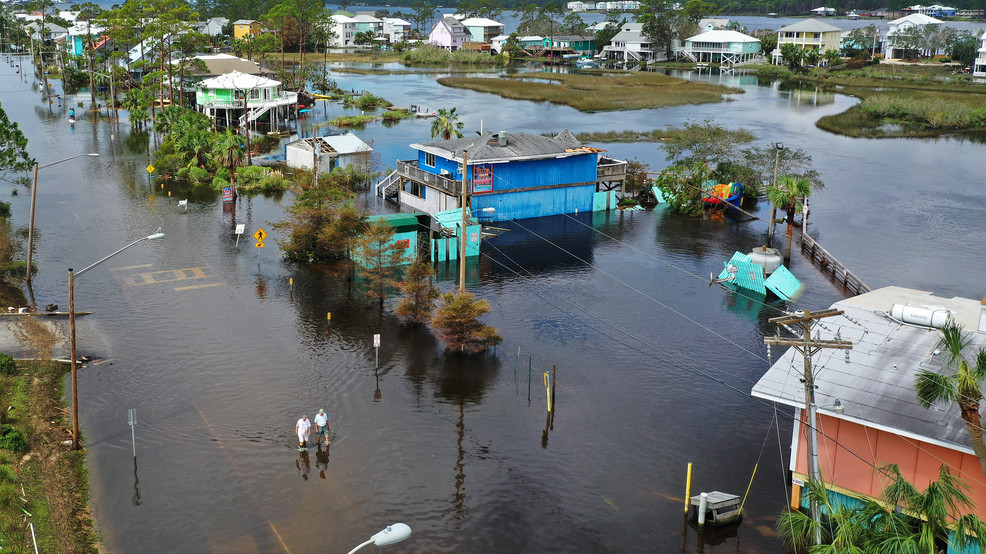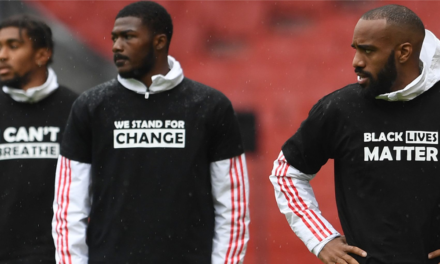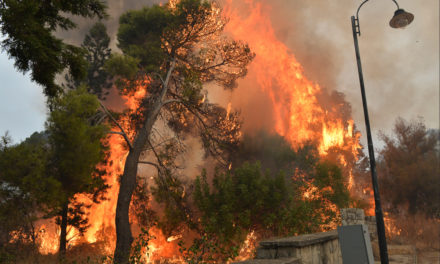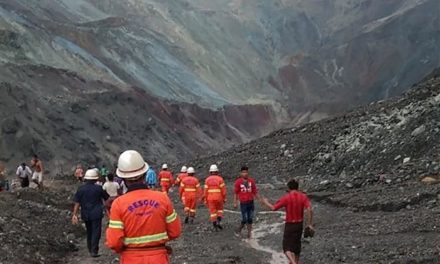With one confirmed death and hundreds rescued from flooded areas, Hurricane Sally has left more than half a million Americans across Florida and Alabama without power as it lashes the US Gulf Coast. Authorities fear many more floodwaters are to be expected in the coming days, bringing with it a deluge of destruction.
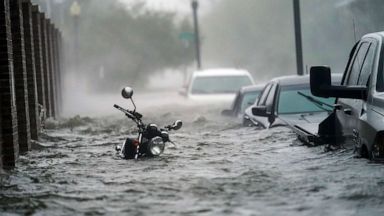
Having made landfall on Wednesday morning, with sustained winds of 105 mph, Sally has weakened from its original Category 2 classification. However, it has left a devastating toll across the Southern States, drenching parts of Florida with four months’ worth of rain in 4 hours. Some areas already have collected more than 24 inches of rain and could receive up to 35 inches by storm’s end.
While all watches and warnings have been discontinued, Sally is still causing torrential rain over eastern Alabama and western Georgia.
According to local reports, rain appeared to be falling sideways in Alabama, which led to submerged roads as the storm swept towards the shore. Other areas along the coast were also affected, with beaches and highways swamped in Mississippi and low-lying properties in Louisiana covered by the rising waters.
Pensacola, in Florida, was severely hit, with a loose barge, thrashed around by winds, bringing down part of the Bay Bridge that connects to the city of Gulf Breeze, and floodwaters turning streets into rivers. At least eight rivers in southwest Alabama and the western area of the Florida Panhandle were expected to reach major flood stages by late Wednesday.
Flash flood emergency as four other weather systems develop
Sally is one of several storms in the Atlantic Ocean, with officials quickly running out of letters to name these hurricanes as they near the end of their annual alphabetic list. Aside from Sally, there are four other tropical cyclones – Paulette, Rene, Teddy and Vicky – swirling in the Atlantic Ocean basin, with Teddy heading for Bermuda.
The weather service had declared a flash flood emergency for “severe threat to human life & catastrophic damage from a flash flood.” The warning zone covers parts of coastal Alabama and the Florida Panhandle, including Gulf Shores and Pensacola.
Where is Sally headed next?
Sally is forecast to continue tracking north-eastward through Alabama, with the centre of the storm expected to move into Georgia and South Carolina and eventually the Atlantic Ocean.
Like the wildfires raging on the West Coast, the onslaught of hurricanes has focused attention on climate change, which scientists say is causing slower, rainier, more powerful and more destructive storms.
Sally came ashore 16 years to the day that a Category 3 Hurricane Ivan struck roughly the same areas.
Featured Image: MyNBC
- Britain Set to Release the First Approved COVID-19 Vaccine in Coming Weeks - 6th December 2020
- 11 Most Cinematic Couples to Ever Grace the Silver Screen - 18th November 2020
- Iconic Brands That Have Prospered for Over 100 Years - 16th November 2020

